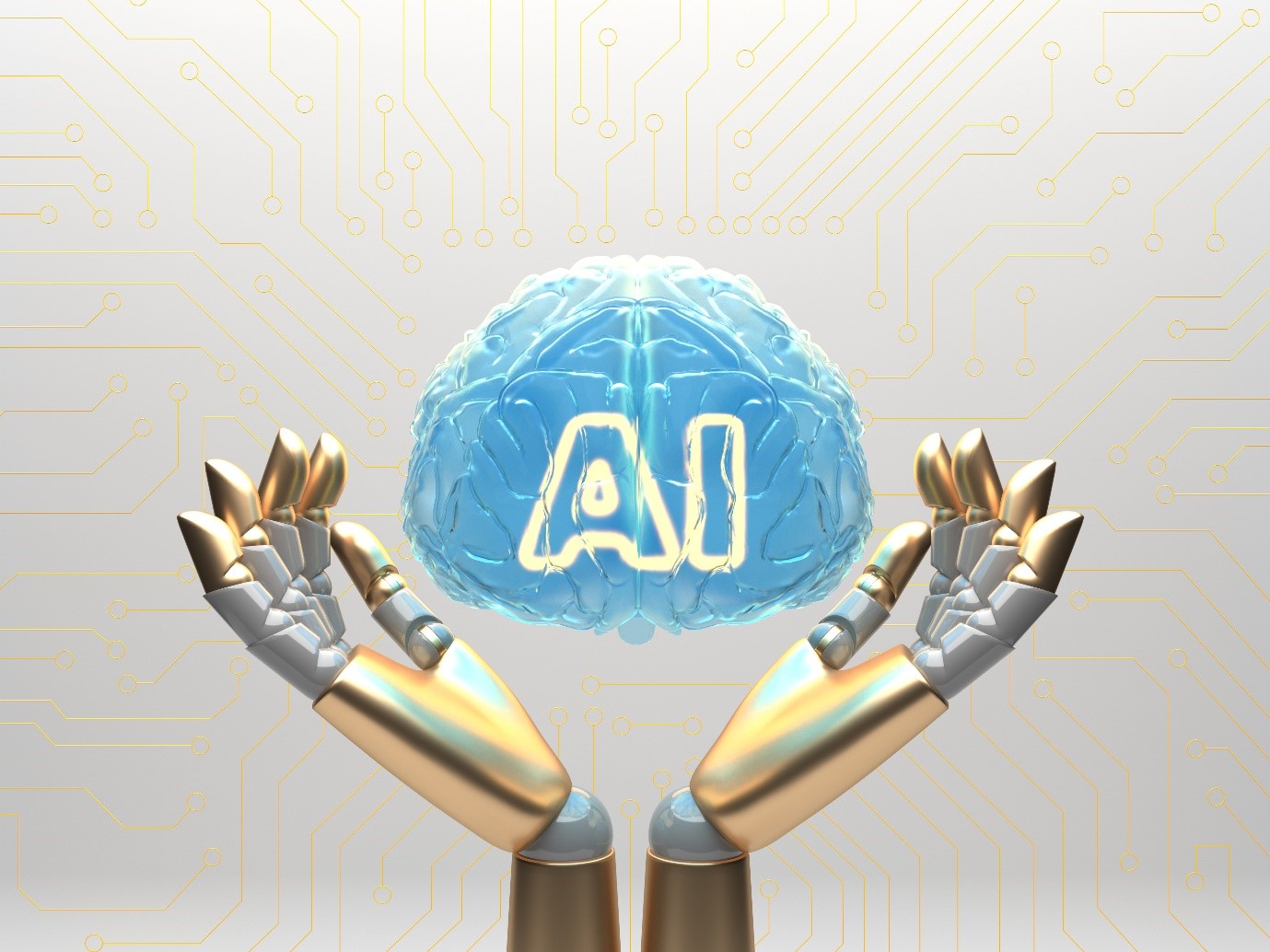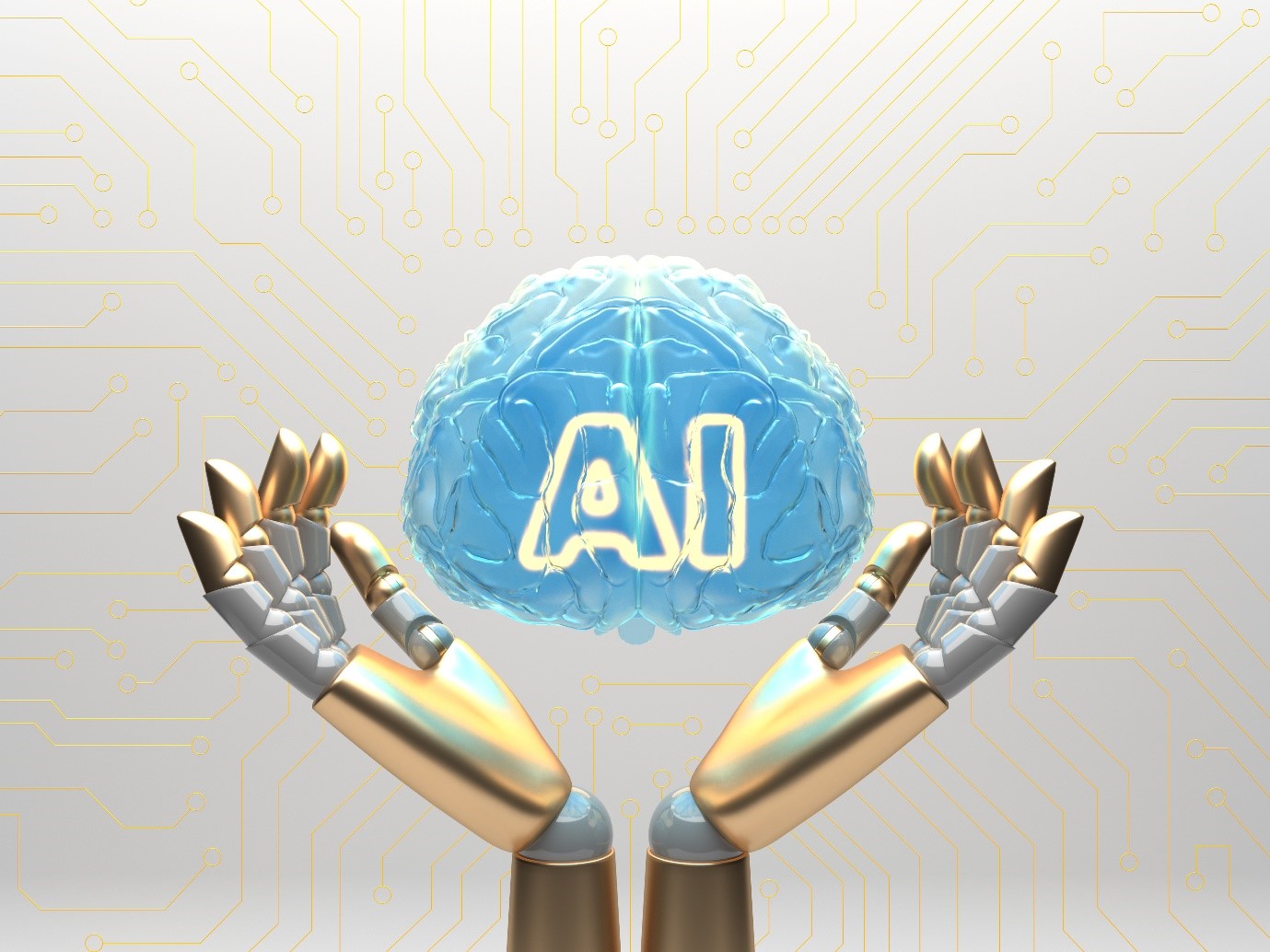- Artificial IntelligentBlog 7 Simple Steps to Create a Chatbot with Your Own Data Using GPT




7 Simple Steps to Create a Chatbot with Your Own Data Using GPT
7 Simple Steps to Create a Chatbot with Your Data Using GPT
In the realm of Artificial Intelligence (AI), chatbots have become valuable tools for businesses to enhance customer interactions and streamline operations. With the advent of advanced language models like GPT (Generative Pre-trained Transformer), it is now possible to develop chatbots that can engage in meaningful and human-like conversations. In this blog post, we will explore the steps involved in creating a chatbot using GPT with your data, empowering you to create a personalized conversational AI solution tailored to your specific needs.
Step 1: Define Objectives and Use Cases
Before diving into the development process, clearly define the objectives of your chatbot and identify the specific use cases it will address. Consider the purpose of the chatbot, such as customer support, lead generation, or information retrieval, and outline the desired outcomes you aim to achieve through its implementation.
Step 2: Gather and Prepare Data
To create a chatbot powered by GPT, you need a dataset that aligns with your objectives. Collect relevant conversational data, including user queries and corresponding responses, in a structured format. Ensure the data represents the type of conversations your chatbot will encounter in real-world scenarios. Clean and preprocess the data to remove noise, irrelevant information, and any personally identifiable information (PII) to maintain privacy.
Step 3: Training the GPT Model
Training the GPT model requires significant computational resources. If you have access to high-performance computing capabilities, you can train the model on your infrastructure. Alternatively, you can leverage cloud-based services or pre-trained models to accelerate the process. Fine-tuning the model with your custom dataset helps the chatbot learn from the specific conversations and contexts that are relevant to your use cases.
Step 4: Designing Conversation Flow
Create a conversation flow that defines how the chatbot interacts with users. Determine the types of user inputs the chatbot should handle and design appropriate responses based on the desired user experience. Consider different scenarios, including handling user queries, providing information, and handling fallbacks or errors gracefully. Incorporate logic and decision-making capabilities within the conversation flow to ensure the chatbot responds accurately and effectively.
Step 5: Implementing the Chatbot
Creating a chatbot using programming languages and frameworks that integrate well with the GPT model. Python is commonly used for this purpose due to its extensive libraries and tools for natural language processing. Leverage APIs or frameworks specifically designed for chatbot development, such as the OpenAI API or existing conversational AI platforms, to simplify the integration of the GPT model into your application or website.
Step 6: Testing and Iteration
Thoroughly test the chatbot across different scenarios and user inputs to ensure it performs as expected. Validate the accuracy of responses, handle edge cases, and collect feedback from users to identify areas for improvement. Iteratively refine and enhance the chatbot based on user feedback and performance evaluation to deliver an optimal conversational experience.
Step 7: Deployment and Maintenance
Once the chatbot is tested and refined, deploy it to your desired platform or integrate it into your existing systems. Monitor its performance, gather analytics, and continuously update and fine-tune the model to improve its effectiveness. Regularly review and update the chatbot’s responses based on evolving user needs, business requirements, and user feedback.
Creating a chatbot with your data using GPT opens up new possibilities for personalized and engaging conversational AI experiences. By following the outlined steps, you can create a chatbot that aligns with your objectives, harnesses the power of GPT’s language capabilities, and provides tailored assistance to your users. Embrace the potential of AI-powered chat
Ready to create a personalized AI chatbot using your data? Incepteo specializes in leveraging GPT for bespoke conversational solutions. Contact us today and unlock the potential of AI-driven interactions tailored to your business needs.
Share this:
Recent Posts
- Top 10 Benefits of Using AI for eCommerce Business Growth
- How Incepteo Excels in AI Consulting for Small Businesses
- Top 10 Challenges AI Fintech Companies Face and How to Overcome Them
- How Offshore Mobile Development Reduces Operational Complexity for SMEs
- Why Incepteo is the Leading Software Development Company for Startups
By Sector

How Can Incepteo Help You?


Quick Links
AI SERVICES
2024 © All rights reserved by Incepteo
